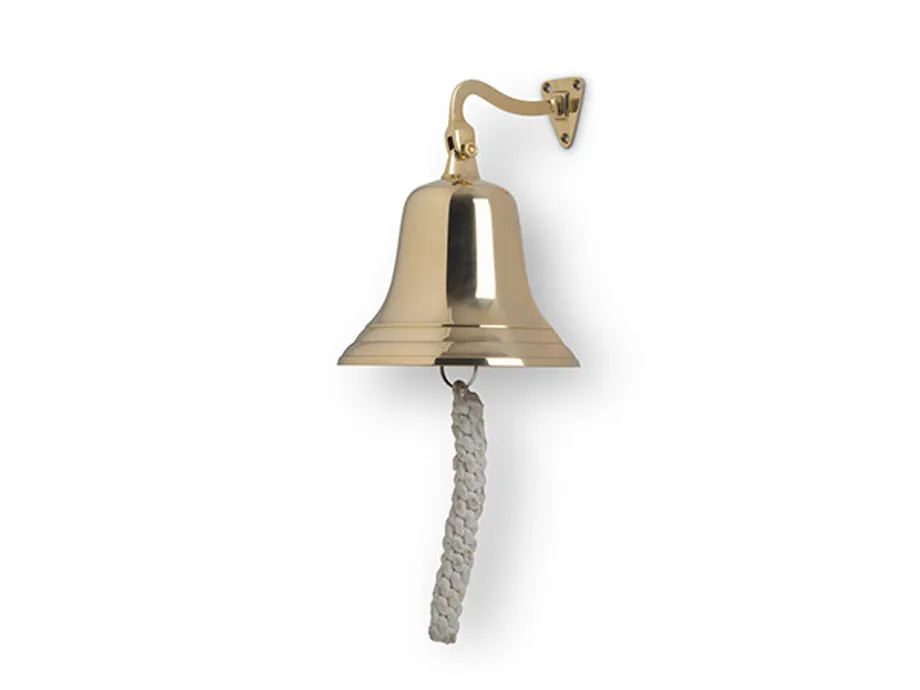Sound detection/sonar
Acoustic detection is the science of using sound to determine the distance or direction of something. Location can be done actively or passively, and can take place in gases (such as the atmosphere), liquids (such as water), and in solids (such as the earth).
Active acoustic location involves the creation of sound in order to produce an echo whereas passive acoustic location involves the detection of sound or vibration created by the object being detected. Both of these techniques, when used in water, are known as sonar.
Brass ships bell
This ships bell represents the first underwater acoustic studies which took place in 1826 when the first successful measurements of the speed of sound in water were made.
On Lake Geneva, Switzerland, Jean-Daniel Colladon, a physicist, and Charles-Francois Sturm, a mathematician, made the first recorded attempt to determine the speed of sound in water. In their experiment, an underwater bell was struck simultaneously with the ignition of gunpowder on one boat.
The bells sound and the gunpowder flash were observed 10 miles away on a second boat and subsequent calculations used to determine the speed of sound in water.

